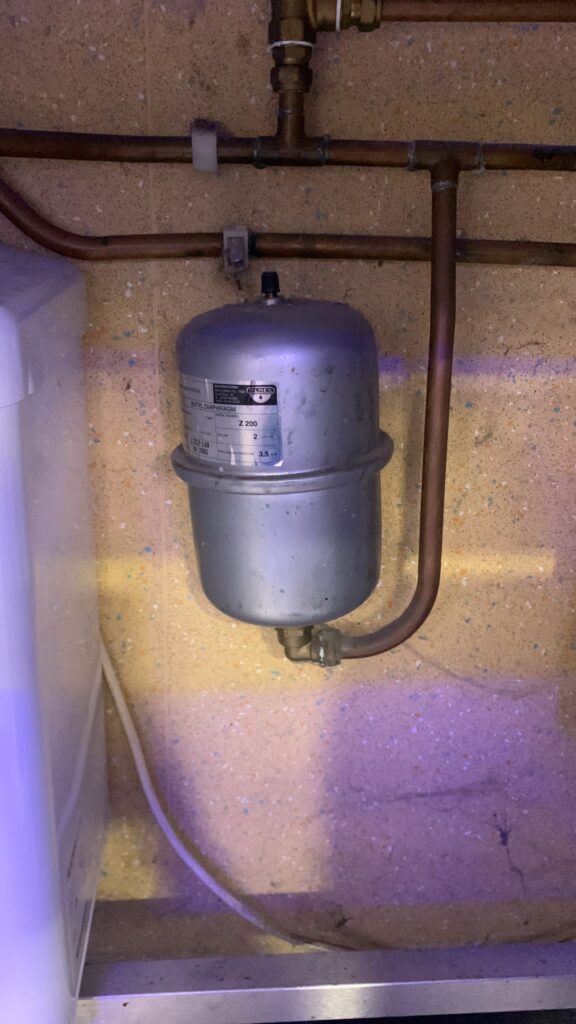How Often Should I Flush My Water Heater?
When it comes to home maintenance, there are some tasks that are easily overlooked, but their neglect can lead to significant problems down the road. One such task is flushing your water heater. Your water heater plays a crucial role in providing you with hot water for various household needs, and regular maintenance is essential to keep it functioning efficiently. In this article, we will delve into the plumber importance of flushing your water heater, how often you should do it, and the steps involved in the process.
Why is Flushing Your Water Heater Important?

Ensuring Efficiency and Longevity
One of the primary reasons for flushing your water heater is to maintain its efficiency and extend its lifespan. Over time, sediments and minerals from the water supply can accumulate at the bottom of the tank. These sediments act as insulators, making it harder for the heating element to do its job. As a result, your water heater has to work harder, which not only reduces its efficiency but can also lead to premature wear and tear.
Improving Water Quality
Flushing your water heater also helps improve the quality of the hot water you receive. Sediments in the tank can affect the taste and odor of the water, and in some cases, it may even appear discolored. Regular flushing helps eliminate these issues, ensuring that the hot water in your home is clean and safe to use.
Preventing Corrosion
Sediments in the tank can also lead to corrosion, especially in the bottom of the tank where they accumulate. Corrosion can weaken the tank’s structure, potentially leading to leaks or even a ruptured tank. Flushing the water heater removes these sediments, reducing the risk of corrosion and costly repairs.
How Often Should You Flush Your Water Heater?
The frequency of flushing your water heater depends on various factors, including the water quality in your area and the type of water heater you have. However, a general guideline is to flush your water heater at least once a year. Here are some factors to consider:
Water Hardness
If you live in an area with hard water, you may need to flush your water heater more frequently. Hard water contains a higher concentration of minerals, which can accumulate faster in the tank. Flushing every six months may be advisable in such areas.
Age of the Water Heater
Older water heaters may require more frequent flushing. As a water heater ages, sediment buildup tends to occur more rapidly. If your water heater is over ten years old, consider flushing it every six months.
Manufacturer’s Recommendations
Always check the manufacturer’s recommendations for your specific water heater model. Some manufacturers may have guidelines on how often you should flush their products to maintain warranty coverage.
Signs of Sediment Buildup
Keep an eye out for signs of sediment buildup, such as reduced water flow or unusual noises coming from the water heater. If you notice these signs, it’s a good indicator that it’s time to flush your water heater, even if it’s before the recommended timeframe.
How to Flush Your Water Heater
Flushing your water heater is a relatively simple process that can be done by following these steps:
Step 1: Turn Off the Power
Before starting, turn off the power supply to your water heater. For electric heaters, this means shutting off the circuit breaker. For gas heaters, turn off the gas supply.
Step 2: Turn Off the Water Supply
Locate the cold water supply valve connected to your water heater and turn it off.
Step 3: Drain the Tank
Connect a garden hose to the drain valve at the bottom of the water heater. Place the other end of the hose in a suitable drainage area, like a floor drain or outside. Open the drain valve and allow the water to flow out.
Step 4: Flush the Sediments
As the water drains, open the pressure relief valve on the top of the tank to allow air into the system. This will help the water flow smoothly. Continue flushing until the water runs clear, indicating that most of the sediments have been removed.
Step 5: Refill and Restore
Close the drain valve and turn on the cold water supply. Allow the tank to fill completely before restoring power to the water heater.
Flushing your water heater is a vital maintenance task that should not be overlooked. It helps ensure the efficiency and longevity of your water heater, improves water quality, and prevents corrosion. While the recommended frequency of flushing may vary depending on factors like water hardness and the age of your water heater, doing it at least once a year is a good starting point.
Regular maintenance of your water heater will not only save you money on energy bills and repairs but also provide you with clean and safe hot water for your daily needs.
Frequently Asked Questions (FAQs)
- Is it necessary to flush a tankless water heater?
- Yes, tankless water heaters also require periodic flushing to remove mineral buildup and maintain their efficiency.
- Can I flush my water heater myself, or should I hire a professional?
- You can flush your water heater yourself by following the manufacturer’s instructions. However, if you’re unsure or uncomfortable with the process, it’s advisable to hire a professional plumber Bristol.
- What are the signs that my water heater needs flushing?
- Signs include reduced hot water flow, unusual noises coming from the heater, and discolored or foul-smelling hot water.
- Can I use regular tap water for flushing my water heater?
- Yes, you can use regular tap water for flushing. The goal is to remove sediment and minerals from the tank.
- Is it safe to drink hot water from a freshly flushed water heater?
- It’s best to let the hot water run for a few minutes after flushing to ensure any residual sediment is cleared before using it for drinking or cooking.
Proper maintenance, including regular flushing, is essential to ensure your water heater operates efficiently and provides you with clean, high-quality hot water. Don’t overlook this crucial task, and enjoy the benefits of a well-maintained water heater in your home.
